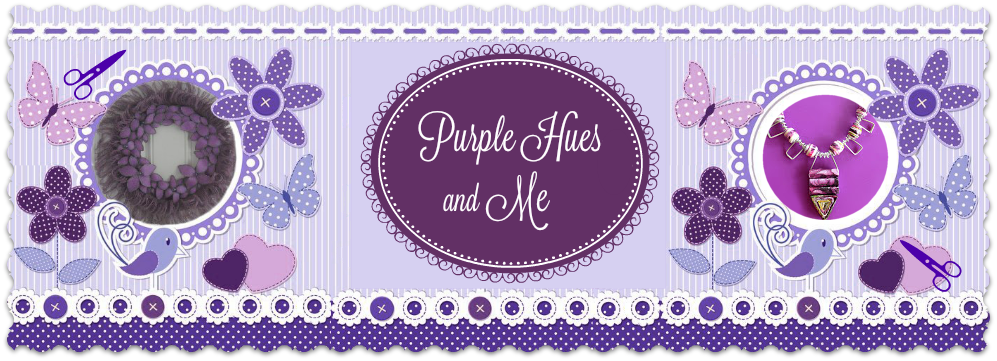I started using wood veneer edging while making some Christmas crafts last year! I created a "Christmas Star" which I thought was really cool and very easy to make! Then recently, while going through my craft stash, I came across what was left of my wood veneer edging roll and decided to make something interesting with it! It's always fun when you don't have to spend any money to create a fabulous item!
I came up with creating a handwoven wood veneer candleholder - something that can be used any time of the year, for any occasion - indoors and out! Woven accents are very trendy and popular - and can be used with any style, too! Just look around! Woven accents work in a variety of decors - giving off a different set of decorative vibes that includes modern, rustic, vintage and tropical.
So let's get started with creating a handwoven wood veneer candleholder!
Materials
- Real Wood Veneer Edging
- Wood Disc - 5" wide
- Hot Glue/Scissors
- Ruler
- Clothespins/Clamps
- Light base with remote
Disclosure I am a participant
in the Amazon Services LLC Associates Program, an affiliate advertising program
designed to provide a means for us to earn fees by linking to Amazon.com and affiliated
sites, this post may contain links. I may receive a very small commission at no
cost to you! The affiliate money I earn helps pay my crafting expenses. Thanks
so much for your support!
How to
First, measure the circumference or distance around the disk with the wood veneer edging (17") and cut off.
Continue gluing on the two remaining strips on the opposite sides in the 3 & 9 position.
Cut eight more 9" strips and glue on two strips equally between the four strips.
Once all the vertical strips are glued on . . .begin weaving the 17" strip over and under the vertical strips.
Reaching the opposite end, overlap the horizontal strips just enough to hide under a vertical strip and glue together. Clamp together until dry.
Cut a few more 17" horizontal strips and continue weaving additional rows over and under, gluing the overlapped ends together.
Continue weaving the horizontal strips over, under and gluing together until . . .
you can't weave any more rows on the vertical strips.
Since just the horizontal ends are glued together, the strips can be equally spaced between rows.
After spacing the strips, glue the vertical end strips together with the horizontal strips on the top row and cut off the excess wood veneer.
And finally, add a wood veneer strip over the bottom row matching the end edges and gluing in place for a finishing look (candleholder is upside down in photo).
And even though this candle holder is designed for a single pillar candle, the fun thing about its' use is that you can also use a light display base . . .
multiple colors and modes. How cool is that!

Easy Homemade Mother's Day Gifts - Carol @Blue Sky at Home
Round Wood Door Hanger w/ Free SVG! - Niki @Life
as a Leo Wife
Dollar Tree Wooden Link Chain - Terrie
@Decorate and More with Tip
Homemade Lavender Soap - Ann @The Apple Street
Cottage
Handwoven Wood Veneer Candleholder - Gail
@Purple Hues and Me
DIY Fabric Scrap Wreath - Donna @Modern on
Monticello
Easiest and Cheapest Cake Stand - Tammy
@Patina and Paint
Upcycled Plastic Canister - Jenna @The Painted
Apron
DIY Fabric Lined Piano Bench - Cecilia @My Thrift Store Addiction


















































































